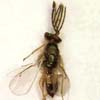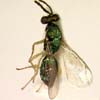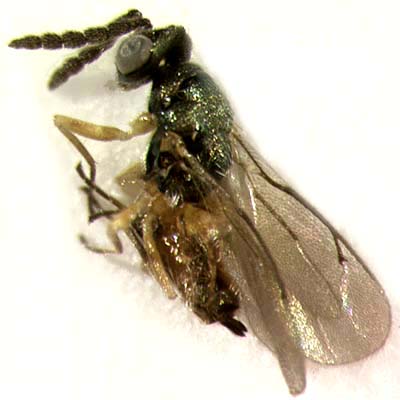 |
|||||||||||||||||||||||||||||||||||||||||||||||||||||||||||||||||||||||||||||||||||||||||||||||
|
|
Home | Open the Key | References | ||||||||||||||||||||||||||||||||||||||||||||||||||||||||||||||||||||||||||||||||||||||||||||
|
|||||||||||||||||||||||||||||||||||||||||||||||||||||||||||||||||||||||||||||||||||||||||||||||
Classification
|
|||||||||||||||||||||||||||||||||||||||||||||||||||||||||||||||||||||||||||||||||||||||||||||||
Subfamily Tribe |
|||||||||||||||||||||||||||||||||||||||||||||||||||||||||||||||||||||||||||||||||||||||||||||||
Diagnosis
|
|||||||||||||||||||||||||||||||||||||||||||||||||||||||||||||||||||||||||||||||||||||||||||||||
|
|
||||||||||||||||||||||||||||||||||||||||||||||||||||||||||||||||||||||||||||||||||||||||||||||
| |
|||||||||||||||||||||||||||||||||||||||||||||||||||||||||||||||||||||||||||||||||||||||||||||||
Distribution |
|||||||||||||||||||||||||||||||||||||||||||||||||||||||||||||||||||||||||||||||||||||||||||||||
|
This genus is recorded from all continents (Noyes, 2001). |
|||||||||||||||||||||||||||||||||||||||||||||||||||||||||||||||||||||||||||||||||||||||||||||||
| |
|||||||||||||||||||||||||||||||||||||||||||||||||||||||||||||||||||||||||||||||||||||||||||||||
Biology |
|||||||||||||||||||||||||||||||||||||||||||||||||||||||||||||||||||||||||||||||||||||||||||||||
|
The species of this genus are solitary or gregarious ectoparasitoids of a variety of hosts, mainly Lepidoptera leafminers (Boucek, 1959; Miller, 1970; Storozheva, 1982). S. comperei Crawford, S. sericeicornis (Nees), S. striatipes (Ashmead) and S. vizri Myartseva & Kurashev were recorded on leafmining flies (Noyes, 2001). |
|||||||||||||||||||||||||||||||||||||||||||||||||||||||||||||||||||||||||||||||||||||||||||||||
| |
|||||||||||||||||||||||||||||||||||||||||||||||||||||||||||||||||||||||||||||||||||||||||||||||
| |
|||||||||||||||||||||||||||||||||||||||||||||||||||||||||||||||||||||||||||||||||||||||||||||||
Comments |
|||||||||||||||||||||||||||||||||||||||||||||||||||||||||||||||||||||||||||||||||||||||||||||||
|
Sympiesis is considered belonging
to the tribe of Eulophini by having
funicle 4 segmented, propleura meeting posteriorly and covering
prosternum, 2 pairs of scutellar setae and 3 or more setae on
submarginal vein
Within Eulophini included in this key, Sympiesis may be easily distinguished from Dicladocerus and Stenomesius by having funicle 4-segmented in both sexes, male funicle with 3 branches, only one median carina on propodeum and by not having longitudinal lines on scutellum. Sympiesis is quite close to Dahlbominus Hincks, Hemiptarsenus, Necremnus Thomoson, Notanisomorphella Girault, Pnigalio and Ratzeburgiola, and it may be distinguished as follows: Dahlbominus has a shorter postmarginal vein (1.7 or less than stigmal vein); Necremnus has a female funicle 3-segmented and a shorter postmarginal vein as well (1-1.5x stigmal vein length); Ratzeburgiola and Pnigalio have plicae and costula on propodeum (both absent in Sympiesis); Ratzeburgiola has also longitudinal lines on scutellum. Finally, Hemiptarsenus and Notanisomorphella, probably the closest genera to Sympiesis, may be distinguished as follows: Hemiptarsenus has a very long scape (at least 5.5x its width) distinctly exceeding apex of vertex, while Notanisomorphella has steplike plicae (see Schauff et al., 1998). Keys of Sympiesis are provided for the European (Boucek, 1959), Nearctic (Miller, 1970) and Palearctic species (Storozheva, 1982). |
|||||||||||||||||||||||||||||||||||||||||||||||||||||||||||||||||||||||||||||||||||||||||||||||




